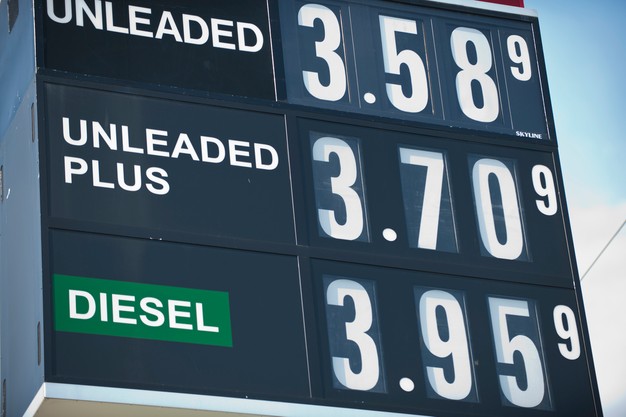
It is known across the country that prices are rising at the pump. Cost of gasoline is on the rise, which means that people will be driving less. The national average price of a gallon of gas currently sits at $2.259 and has varied greatly throughout the year.
A number of political and economic factors are driving the rising costs of gasoline, and it is difficult to say if or when costs will fall again. Restaurants cannot control this potential issue but must find creative solutions to offset the additional costs sparked by the rising oil prices.
Production Costs
When sitting down to a meal at a restaurant, customers rarely think about how the price of gasoline affects their food. There are several hidden costs in each plate that comes out of the kitchen. Rising electricity costs in addition to rising gasoline prices can significantly affect the number of customers in the restaurant, the quality of food, and delivery costs.
Diesel prices are on the rise as well, with the current national average at $2.922. Truck drivers are charging more for delivering items to compensate for the rising oil prices. This increased cost of food and materials delivery can either be absorbed by the restaurant for an overall increase in costs, or it can be added to the price of the meal.
The latter option can deter customers even further as their reduced disposable income will be stretched even thinner.
Customer Costs
Rising gas prices can be evident by a decrease in customers: more money spent at the pump means less disposable income for experiences like dining out.
With fewer customers, the restaurant will see declining cash inflows which will in turn compound the problem of higher costs. Location can significantly disadvantage certain restaurants, as patrons will be more conscientious of distance traveled as it costs more to get to the restaurant. If a restaurant chooses to increase the price of dishes to cover increased variable costs, customers can be deterred from dining out altogether.
While restaurants cannot easily change locations, management can work to provide customers with an unforgettable experience while dining. Emphasizing the value of the patron and the quality of food can mitigate the increasing price of gas.
Offsetting Additional Costs
Restaurants must get creative in order to successfully navigate this turbulent economy in rising costs. A few solutions to reduce the effects of increasing gasoline prices include:
Shrinking portion size: If diners are typically leaving with leftovers, you may be plating too much food. Reducing the amount of the food on the plate to will inherently reduce costs and will absorb any additional money paid for delivery services.Buy local: This trend of buying local is sweeping the nation. Why not embrace it and reduce delivery costs by minimizing the distance food has to travel? Doing so will enhance the quality of food while reducing delivery (and diesel) costs. Customers are typically willing to spend more on high-quality food, so this could ultimately lead to increased revenues.
Manage your natural gas: It is easy to forget about the rising cost for natural gas used in restaurants. Powering the kitchen can require a significant amount of natural gas. Working with a consulting company like GWT2Energy can help you identify areas where your natural gas expenditures can be reduced and your overall gas bill significantly lowered.
If you are looking for ways to reduce energy costs and maximize profits within your restaurant, contact GWT2Energy today for a custom efficiency strategy.



